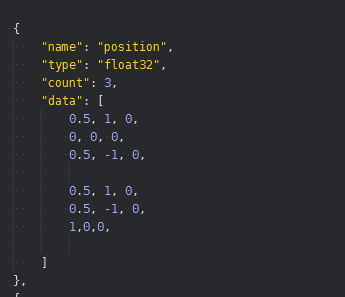I am trying to make a soft object similar to : Puffy Cat - game with soft-body physics
I have points linked by elastic connections. This works well. However, I don’t know how to apply a bitmap to this object. I don’t seem to fully understand how to use the mesh component.
Do any of you have a simple example showing how to overlay a physical object 2D like this, with a texture ?



